What is Schedule 20 ERW Steel Pipe
Schedule 20 ERW steel pipe is a type of welded steel pipe with a relatively thin wall thickness. It is designed primarily for low-pressure applications such as water transmission, HVAC systems, and structural support. Unlike seamless pipes, which are extruded from solid billets, ERW pipes are made by rolling and welding hot-rolled steel plates or coils. This manufacturing method makes ERW pipes cost-effective and widely available.
In pipeline standards, "Schedule" refers to the pipe’s wall thickness, which directly affects its pressure-bearing capacity. Schedule 20 pipes have a thinner wall than Schedule 40 or Schedule 80, making them ideal for applications where high pressure is not a primary concern.
Specifications of Schedule 20 ERW Steel Pipe
Schedule 20 ERW steel pipes are manufactured to meet various international standards. The key specifications include:
Manufacturing standards include ASTM, API, EN, DIN, JIS, BS, and ASME
Outer diameter ranges from half an inch to twenty-four inches
Wall thickness ranges from one point six five millimeters to twenty millimeters
Lengths available from three meters to twelve meters with custom length options
Pipe ends can be plain end, beveled end, or threaded end
Material Grades for Schedule 20 ERW Steel Pipe
Schedule 20 ERW steel pipes are produced using different material grades depending on their intended application.
API 5L PSL1 and PSL2 grades include Gr A, Gr B, X42, X46, X52, X56, X60, X65, and X70, commonly used in petroleum and natural gas pipelines
ASTM A53 includes Gr A and Gr B, suitable for fluid, gas, and steam transportation
EN standards such as S275, S275JR, S355JRH, and S355J2H are used in structural applications
GB standards include Q195, Q215, Q235, Q345, and L175 to L555, widely used in Chinese steel production
Manufacturing Process of ERW Steel Pipe
1.ERW steel pipes are produced using high-frequency electrical resistance welding, which ensures a strong and consistent weld seam. The key steps in the production process include:
2.Raw Material Preparation: Hot-rolled steel coils are uncoiled, leveled, and cut to the required width.
3.Pipe Forming: The steel strip is gradually shaped into a cylindrical tube using roll forming machines.
4.High-Frequency Welding: The edges of the tube are heated using high-frequency currents and welded together under pressure.
5.Seam Treatment: The external and internal weld seams are smoothed for better mechanical properties.
6.Sizing and Cutting: The welded pipe is sized to the required dimensions and cut to length.
7.Testing and Inspection: ERW pipes undergo rigorous quality checks, including ultrasonic testing (UT), hydrostatic testing, and dimensional inspections.
8.Surface Coating: Pipes can be left bare (black steel) or coated with zinc (galvanized) for enhanced corrosion resistance.
Comparison of Schedule 20 ERW Pipe with Other Schedule Pipes
|
Specification
|
Wall Thickness (NPS 2")
|
Manufacturing Process
|
Application
|
|
Schedule 20 ERW
|
2.77mm (0.109")
|
ERW (Welded)
|
Low-pressure fluid & structural use
|
|
Schedule 40 ERW
|
3.91mm (0.154")
|
ERW (Welded)
|
Medium-pressure applications
|
|
Schedule 40 Seamless
|
3.91mm (0.154")
|
Seamless
|
High-pressure, high-temperature use
|
|
Schedule 80 Seamless
|
5.54mm (0.218")
|
Seamless
|
High-pressure, industrial pipelines
|
Applications of Schedule 20 ERW Steel Pipe
Due to its thin wall and lightweight structure, Schedule 20 ERW steel pipe is widely used in various industries:
Water and Gas Distribution: Used in low-pressure water supply, irrigation, and gas distribution networks.
HVAC Systems: Ideal for air ducting and cooling systems in buildings and industrial facilities.
Structural Support: Used in fencing, scaffolding, handrails, and support columns.
Automotive Industry: Employed in the production of vehicle chassis, exhaust systems, and structural components.
Fire Protection Systems: Utilized in fire sprinkler pipelines due to its easy installation and corrosion resistance.
Conclusion
Schedule 20
ERW steel pipes provide a cost-effective and reliable solution for low-pressure applications. These pipes are commonly used in water distribution, HVAC systems, and structural support. With a variety of material grades, surface treatments, and customizable options available, Schedule 20 ERW steel pipes offer versatility across industries. By selecting the right specification and coating, users can optimize performance and longevity while keeping costs manageable.
For high-quality Schedule 20 ERW steel pipes, it is essential to consider material standards such as ASTM A53 Gr B,
API 5L, and EN S275JR. Would you like recommendations for specific suppliers or additional technical details?






 English
English Español
Español بالعربية
بالعربية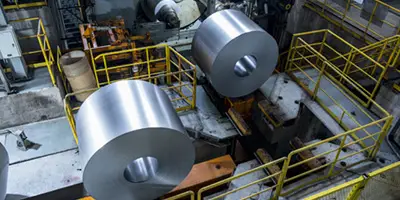
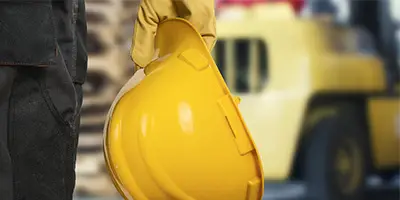
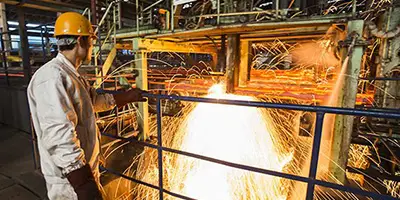
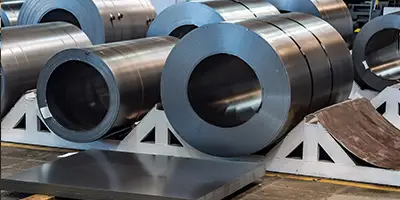

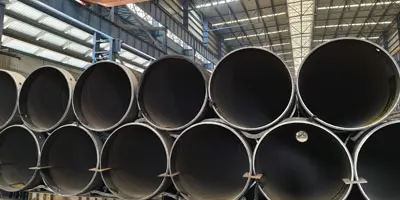
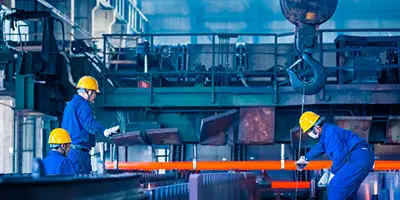
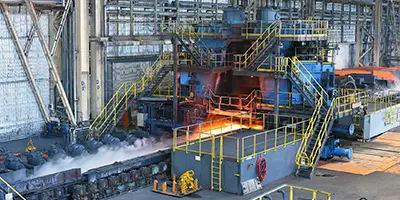
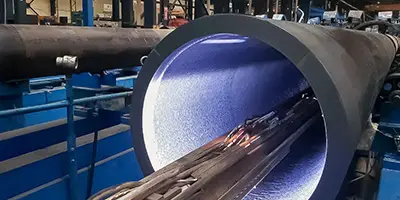
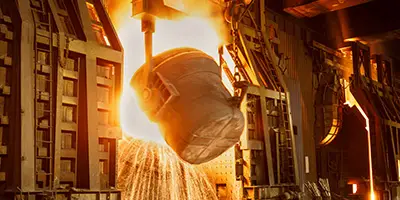
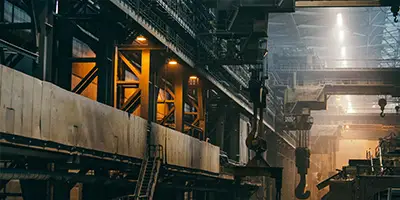
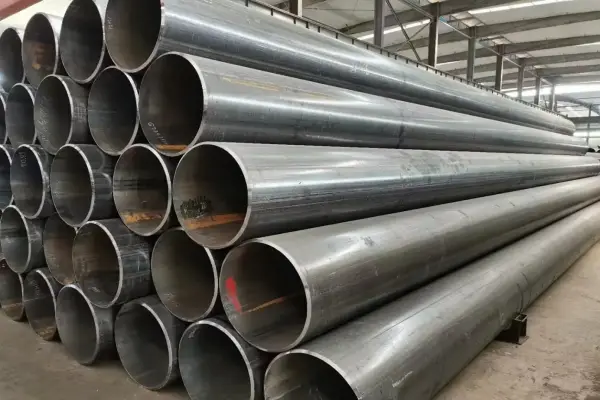
 Phone :
Phone :  Whatsapp :
Whatsapp :  Email :
Email : 


